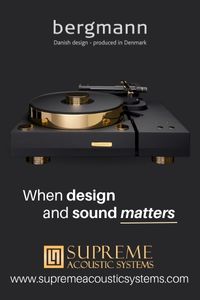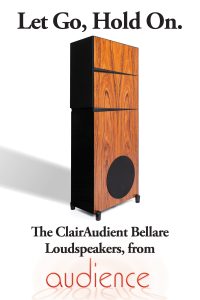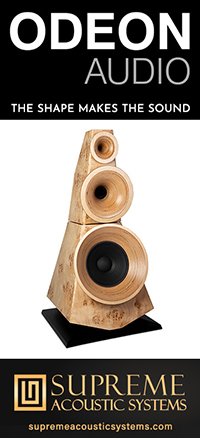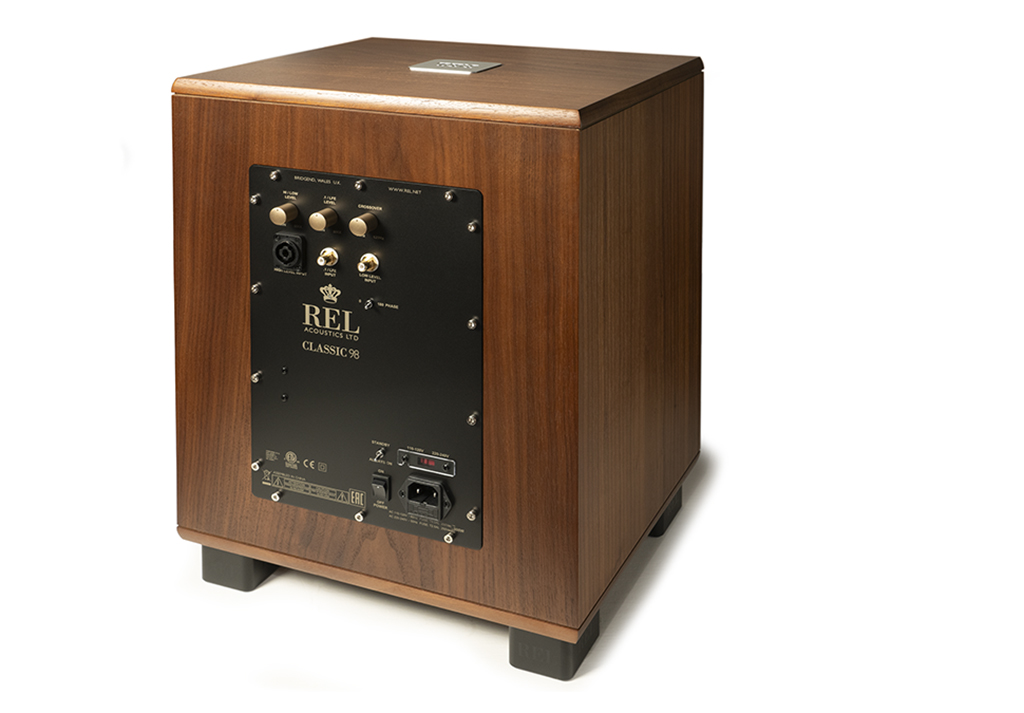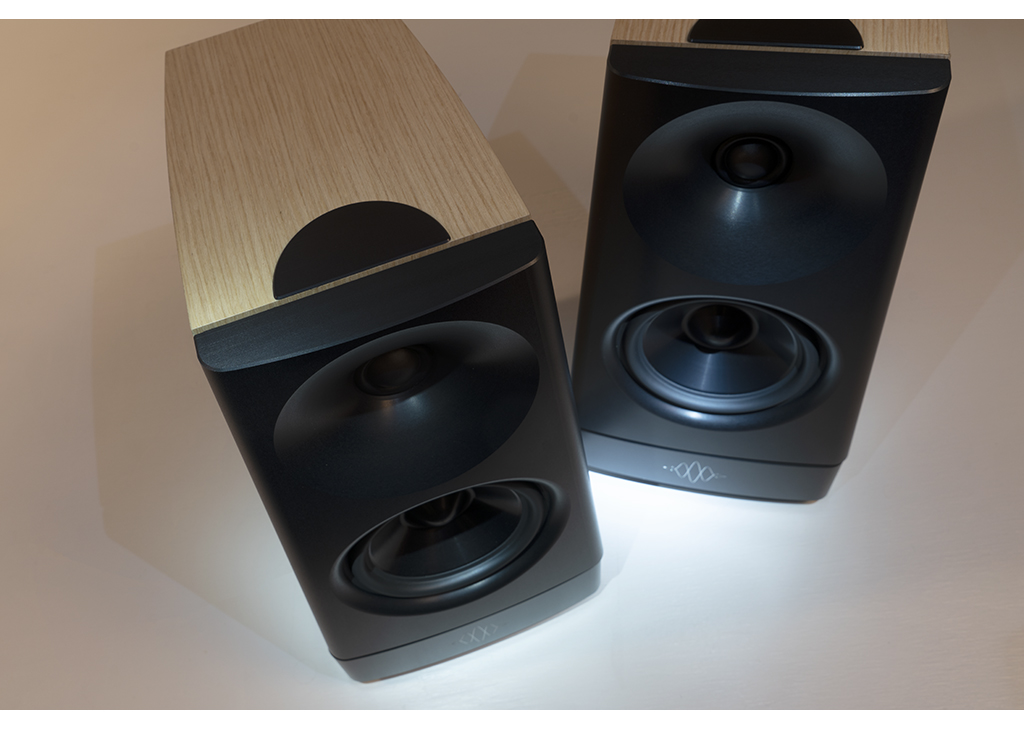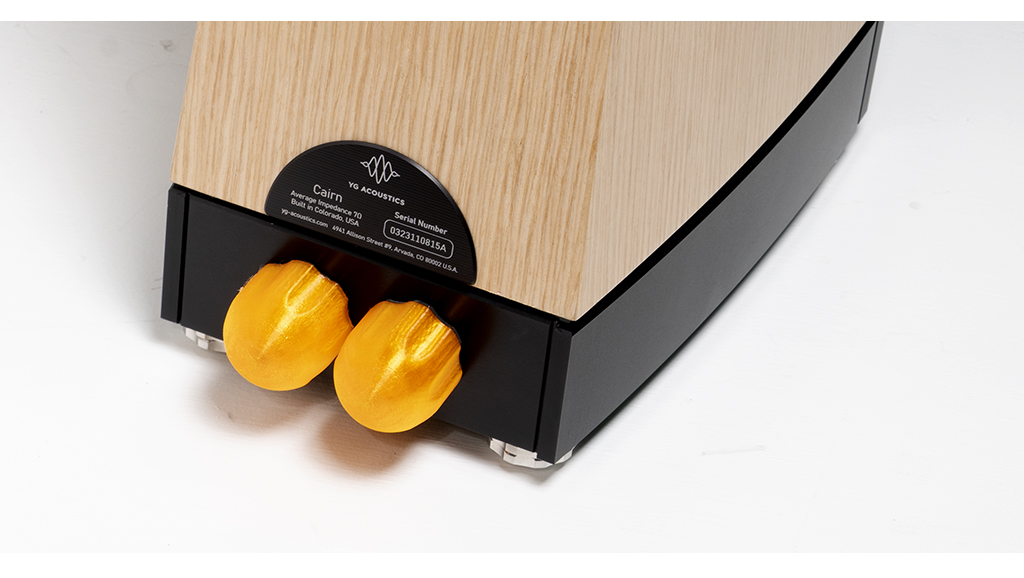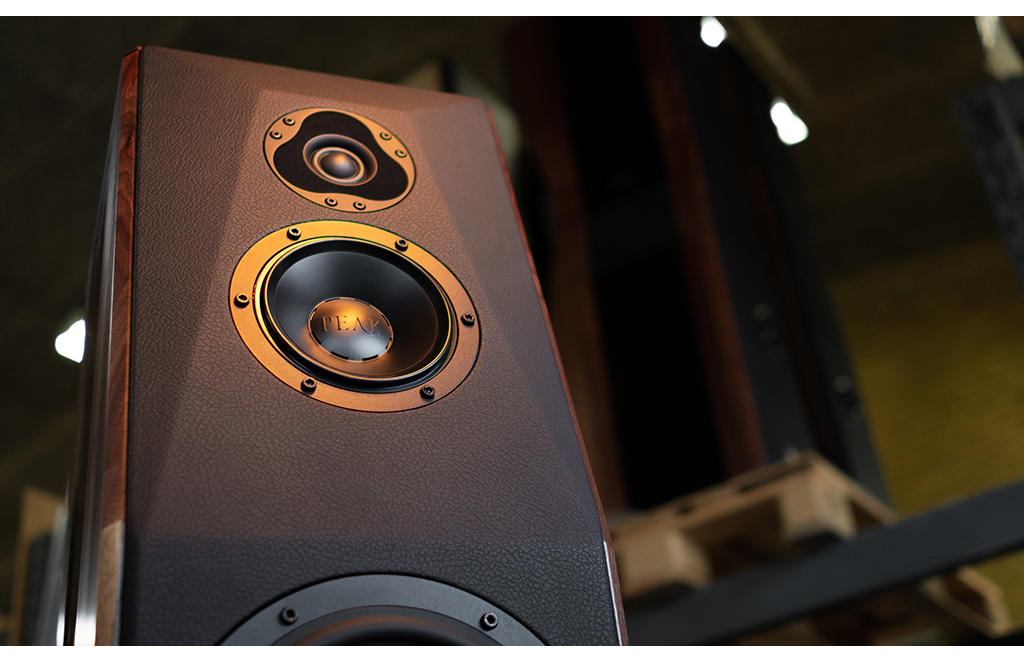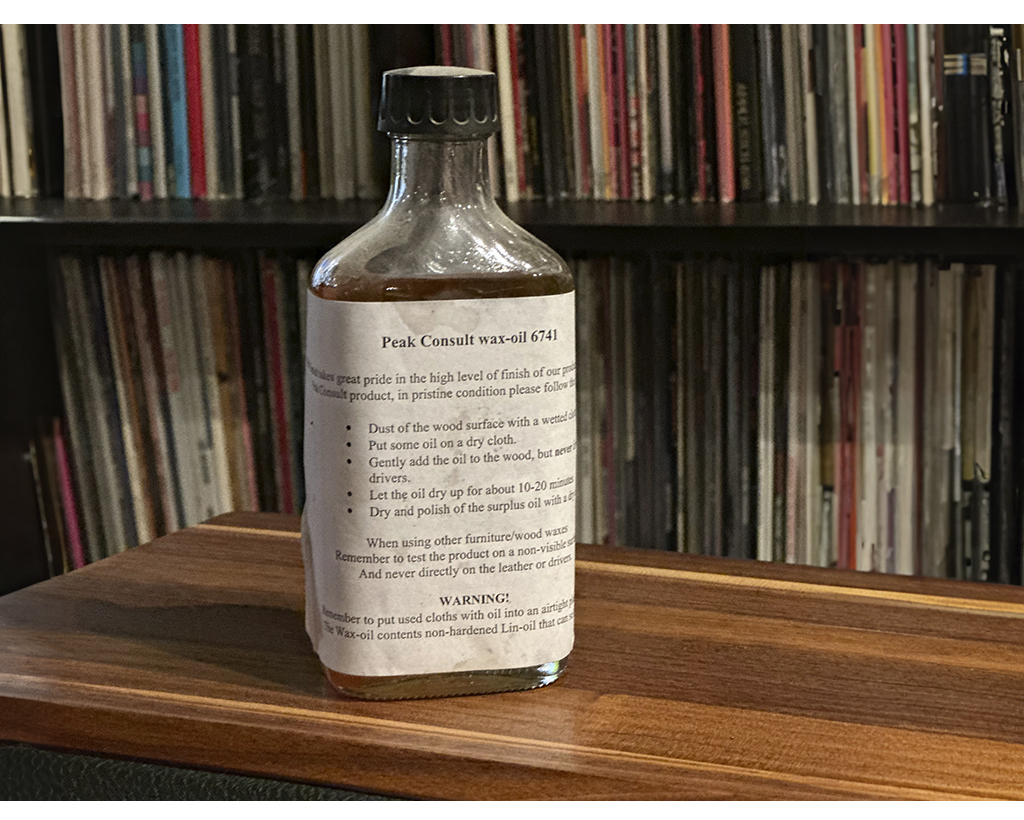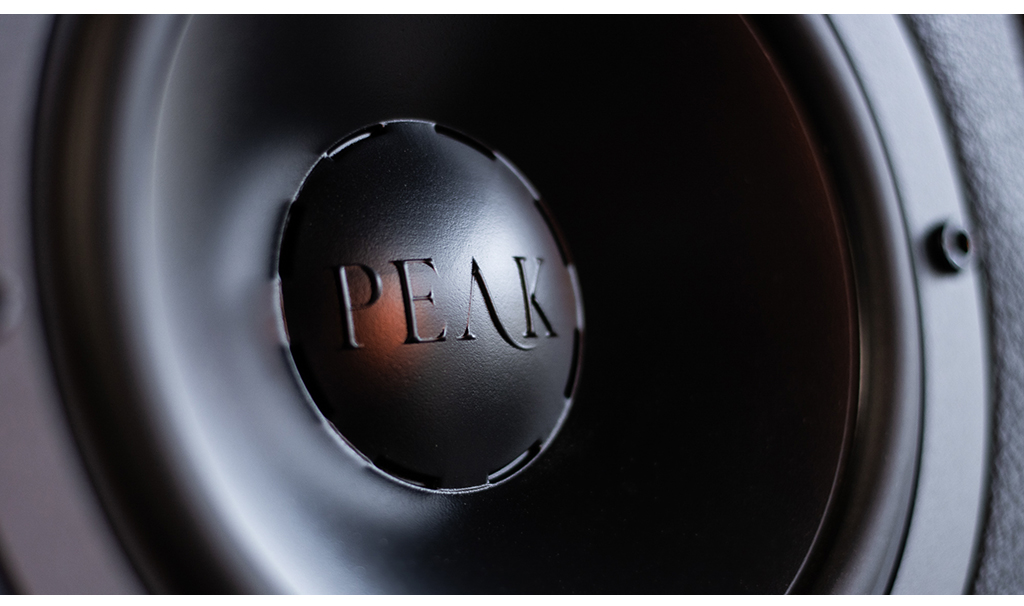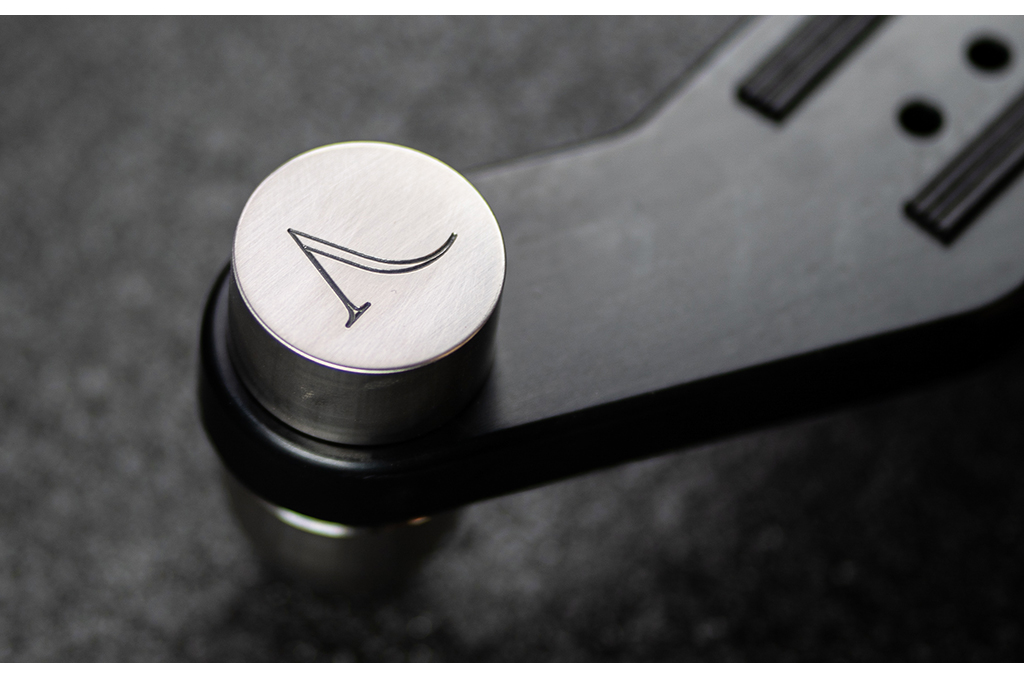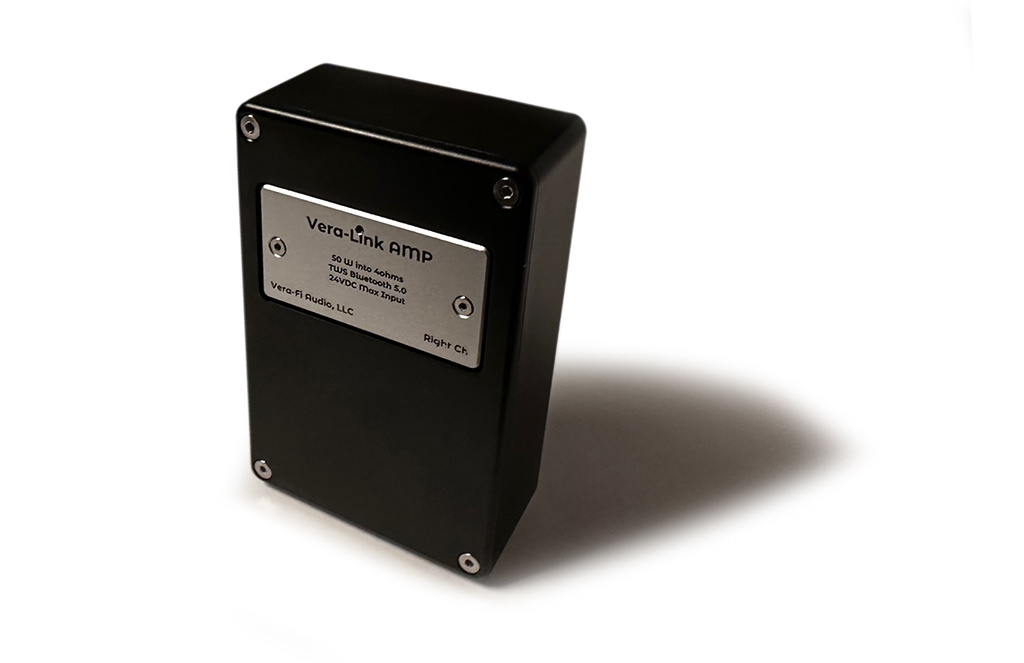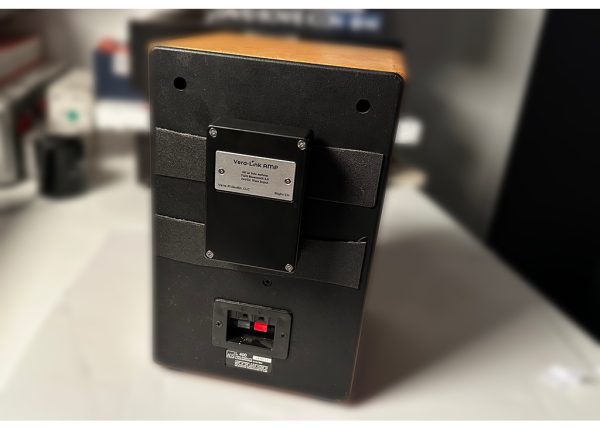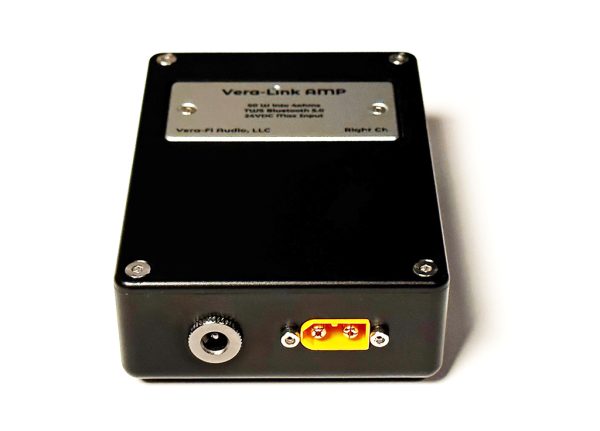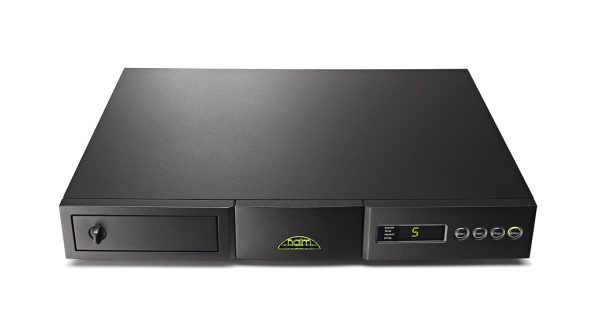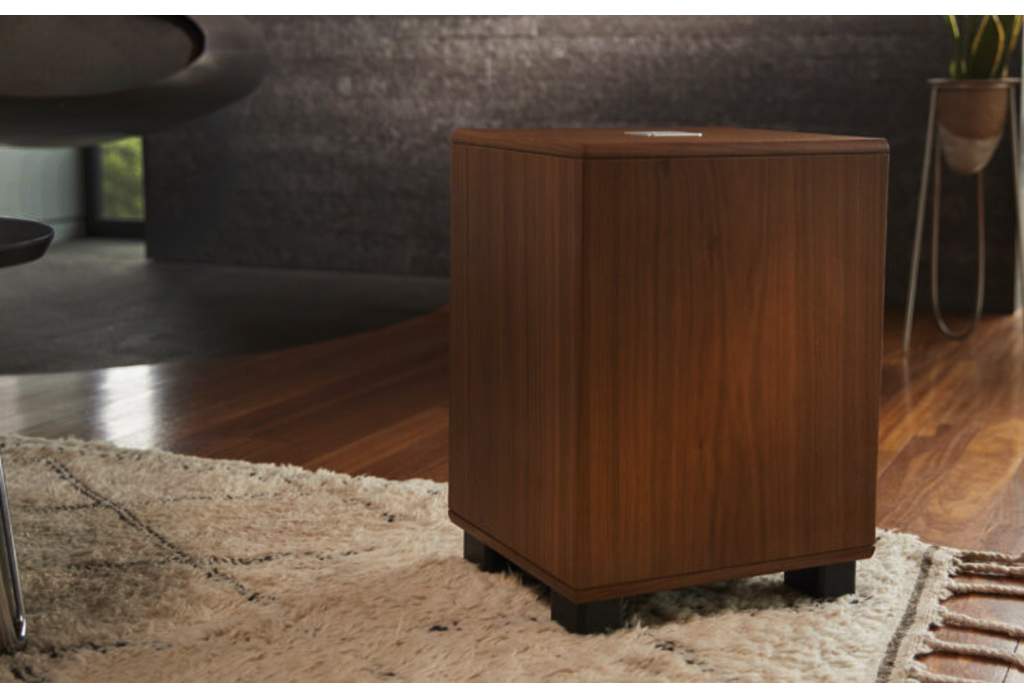
REL has achieved a well-deserved reputation for making some of the (if not the) world’s highest performing subwoofers. Whether you have a single, pair or a six-pack, you can count on REL to deliver solid, defined bass response with prodigious output, mating invisibly with the main speakers. Considering how much speakers have evolved over the years, few can even make this claim, yet deliver the performance to back it up. Bass response is like any other aspect of audio – we all have our preferences.
Whether you want to use a subwoofer with a vintage pair of speakers, or just prefer your sub to deliver a bit more tonal saturation in the upper mid bass, the fastest, most transparent subwoofer may not make for the combination you desire. Putting a set of Michelin Cup 2’s on your vintage sports car will yield the same results – that much grip is not always the best thing. Enter the Classic 98. With its down firing 10-inch woofer in the tradition of earlier REL subs and walnut finish, it is the perfect sonic as well as aesthetic companion for your favorite classic speakers, British mini monitors, or even a set of high-sensitivity single (or coaxial) driver speakers. I did some serious listening with a number of different speakers to confirm this. And a big thanks to Kevin Deal of Upscale Audio for sending a PrimaLuna EVO 100 integrated amp and a pair of Tannoys to round out the picture.
REL’s John Hunter shares my love of slightly vintage/current classic audio, and we both have way too much of this gear in our respective collections, which have only grown over the last few years of semi-confinement. However, when it comes to older speakers like his KEF Ref 101s or original Wilson Watts, my Acoustats and original JBL-L100s, the fast, tight bass of a modern subwoofer doesn’t quite integrate as it should. Enter the Classic 98.
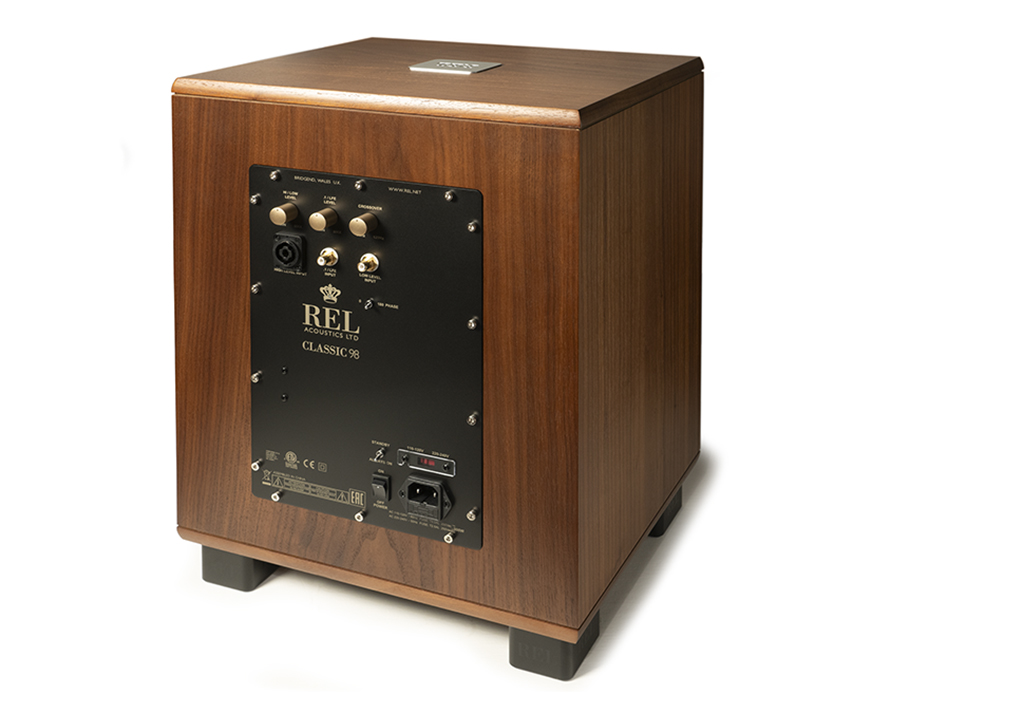
Tasteful modifications and improvements
While high performance rubber may upset the balance of your semi vintage car or motorcycle, there is always a level of tasteful, subtle modifications that can yield a vehicle outperforming the original enough to be more engaging, yet does not defy the character of the initial design brief, or upset the balance so much that you spend a ton of money and lose your way. Ask me how I know this.
Hunter tells me that they laid down the initial priorities to build a “new old stock REL of his dreams, that is just vintage enough in sound and styling – a little softer and more romantic (but still with the room filling bass you expect from REL) than current models.” Though he still has a REL Strata III on hand for reference, it didn’t quite keep pace with his memories. When placed into a semi vintage system, the Strata III was a bit too warm.
REL has adapted the look of their first subwoofers, with a luxurious satin walnut finish to a contemporary size. If you recall, the original Stratas were big boxes. The Classic 98 uses a hot pressed paper coned, 10-inch driver with a cotton center cap. It looks very vintage when you flip the Classic 98 over, but Hunter is quick to mention, “We know a lot more about paper than we did 25 years ago. The result is purer and more refined, retaining some of the rounder, gentler qualities of that era, yet steers clear of being dark and muddy.”
As you unpack the Classic 98, its build quality is instantly apparent. The cabinets are finished in a lovely matte finish and compliment the Tannoy’s perfectly. Good as all the combinations were, these tiny Tannoys and the Classic 98 are as good as it gets together. 40 watts per channel of tube power is all you need to enjoy this system.
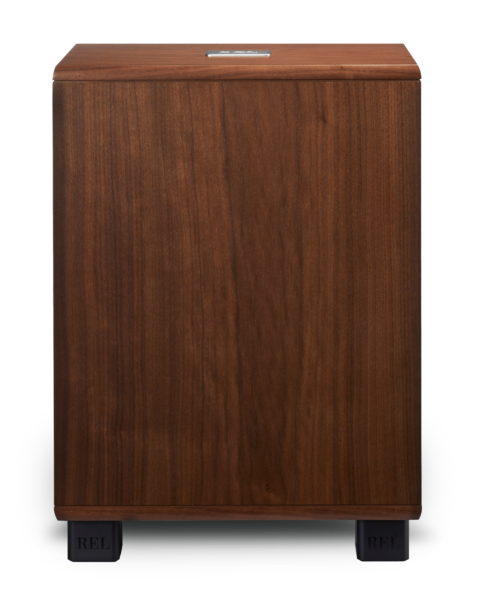
When you find the optimum position for your Classic 98 and have the initial settings where you want them, have a friend dial the level control all the way down, play your favorite bass heavy track, and slowly bring the level up. Go back and forth, over and under the sweet spot until you have it where the subwoofer is no longer feeling like a separate speaker element. Experiment with the crossover frequency set slightly lower than you might think, with the gain slightly higher, and repeat the process to perfection. Then sit back and rock on.
When it’s right, you get more low frequency energy, but the sub calls no attention to itself. Try the opening of Rickie Lee Jones’ “Easy Money,” (from her self-titled album) and the opening of Bachman Turner Overdrive’s “Not Fragile” (from Not Fragile).
The players
Five speakers were auditioned with the Classic 98, all with fantastic results. The Heretic A612, Tannoy Prestige Autograph Minis and Harbeth Compact 7 were excellent modern speakers with a more vintage feel. A pair of original, mint JBL L-100s, Acoustat 2+2s were the vintage contingent. All five of these speakers have a slightly soft, warm bass response. Think more like the sound of a Dynaco Stereo 70 instead of an Audio Research REF 80S. Inviting and pleasant, even if not the last word in resolution.
Power was provided by the PrimaLuna EVO 100 integrated amplifier (40 wpc/EL-34 tubes) for most of the listening, with the First Watt SIT-3 (20 wpc/solid-state) an alternate choice. The dCS Vivaldi ONE provided music to the test setup, with the Pass Labs XS PRE combined with the First Watt as it is a power amplifier only. All cable for this system was the latest Studio ONE from Audience.
To stay in the period groove, I didn’t listen to any of the usual techno or hip hop tracks I usually listen to when evaluating modern subwoofers. It was 60s, 70s and early 80s rock all the way. The completely groovy bass line in the Cowsills “The Rain, The Park, And Other Things” takes on a new dimension, filling in with the extra weight that the vintage speakers always needed. Next up, Dark Side of The Moon. Smiley face EQ-d MoFi vinyl no less. Get over it, it is fantastic.
All of the speakers in the test lineup required different settings, easily adjusted. Like all RELs, the Classic 98 has rear mounted controls for level, crossover, and LFE (should you have them in a surround setup but ignored here) connected by a speakon connector to your amplifiers speaker outputs. Of course, you can use line-level preamplifier outputs, but the results will not be quite as good, especially in terms of subwoofer to main speaker integration.
With a pair of vintage, or vintage-ish speakers as mains, adding the Classic 98 gives them the extra grunt they all need, without calling any attention to itself. I took Hunters’ advice, poured a bit of whisky, leaned back in the Eames Lounge, and played records all night. Even though my main speakers were right there, dormant with the REL six pack they are connected to, I never really had the urge to fire up the big system. This combination made for a great evening, and the total system cost was well below $10k. Even with more current music. With the Classic 98, you can create a magical, musically engaging system that’s so much fun, you might even forgo something more resolving. This is audio comfort food at its absolute best.
You didn’t know you need it but you do
The REL Classic 98 might just be the ultimate audiophile guilty pleasure. At $1,398 it embodies the same high level of quality that every other REL I’ve owned or used is famous for. Much as I’d like to tell you I bought the review sample, I couldn’t – they don’t have inventory yet! However, by the time this review is live you and I should be able to put our hands on one of these. Run don’t walk. I often suggest getting a pair of RELs (or a six pack), and the same applies here, but you can certainly have fun with a single Classic 98 to start. The downward facing driver makes for a bit more omnidirectional delivery, less critical of placement, and fits in with the tasteful presentation.
Aside from this being a product that completely hits the mark, I really enjoy that this was a labor of love project for John Hunter. It’s perfectly executed, yet affordable and approachable. This is something the high end needs more of. Hunter closes our conversation stating, “The Classic 98 is a chance to revisit REL’s rich heritage. We strove to remain true to Richard Lord’s basic principles and styling. We restrained ourselves from simply building a modern REL in a walnut cabinet.”
To his point, they have succeeded – to perfection.
Please click here to visit the REL site.








